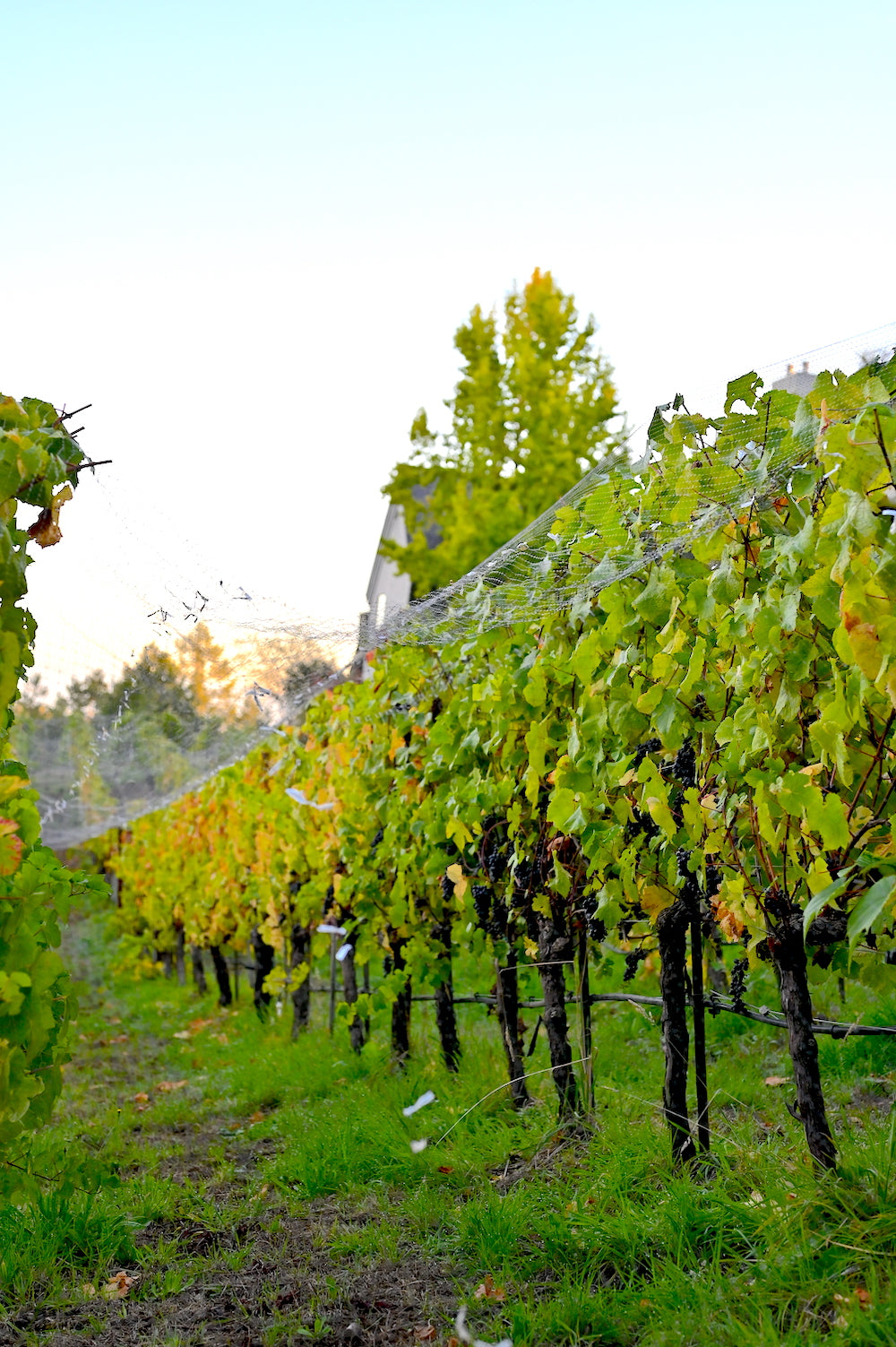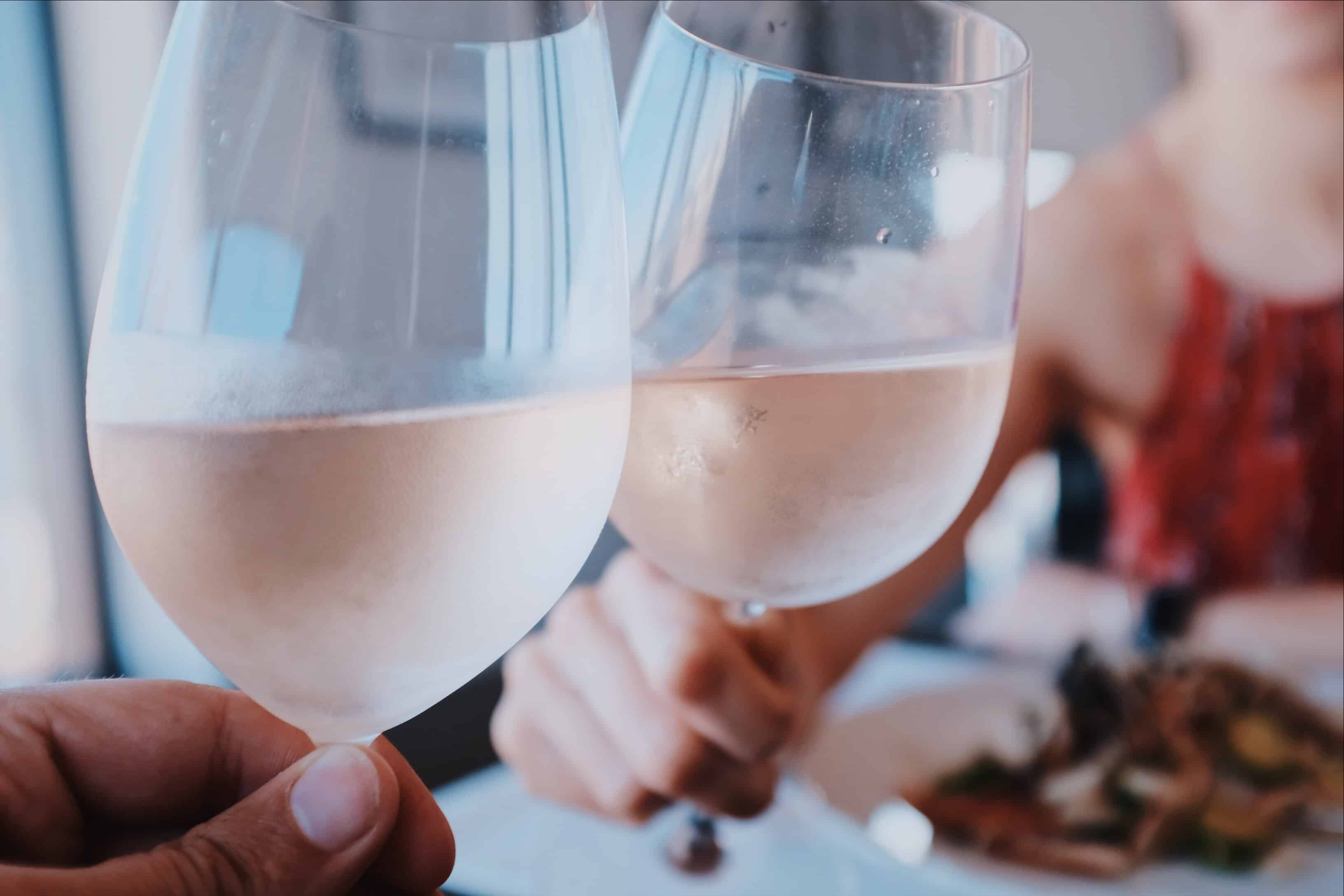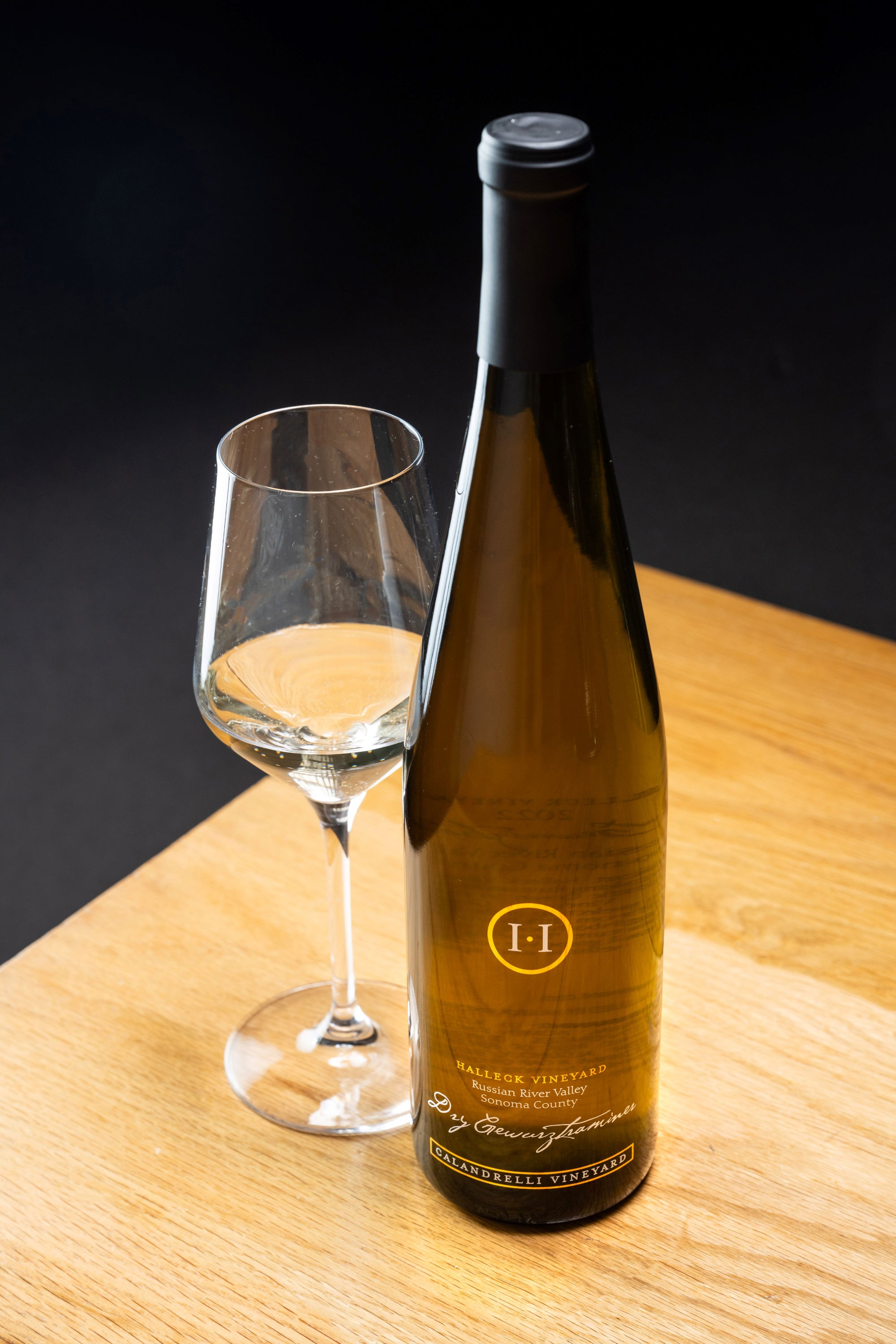Essential Tips for Vineyard Tours in Sonoma 95404
Essential Tips for Vineyard Tours in Sonoma 95404
Blog Article
A Comprehensive Guide to Wine Tasting in Sonoma
Understanding the nuanced vocabulary associated with winery wine tasting is important for each novices and seasoned connoisseurs alike. Each term brings to life the experience of tasting wine and can improve one’s appreciation of the numerous intricacies concerned. Wine tasting is more than simply ingesting; it's an art that involves varied senses and feelings.
To begin with, the term "nose" refers again to the aromas one detects when smelling the wine. This is a vital step as a result of the bouquet units the stage for the tasting experience. Notes of fruit, spice, earth, and wood could mingle, providing a glimpse of what the palate would possibly affirm. Understanding "nosing" the wine can dramatically elevate one's sensory journey.
One Other key side is the term "physique." The physique of the wine describes its weight and fullness on the palate. A full-bodied wine has a robust presence and tends to linger longer after swallowing. Conversely, light-bodied wines may feel more delicate and refreshing. Recognizing the body helps tasters assess the wine's structure and balance.
Discovering the Best Kept Secrets of Sonoma County
The idea of "tannins" is vital in purple wine tasting. Tannins are compounds derived from grape skins, seeds, and stems, contributing to a wine's texture and growing older potential. Excessive tannin wines often end in a dry mouthfeel, whereas decrease tannin ranges yield a smoother experience. This distinction is particularly essential when pairing wines with food, as tannins can either complement or clash with certain dishes.
In addition to tannins, "acidity" performs a big function within the wine tasting experience. Acidity gives wine its crispness and liveliness - Wine Roads in Sebastopol for Your Next Adventure. Wines with higher acidity are usually refreshing and energizing, making them excellent companions for a selection of meals. Recognizing acidity can drastically improve one’s food-pairing capabilities and total tasting enjoyment.
When delving into the flavour profile of a wine, one may encounter the term "end." The finish refers to the aftertaste that lingers in the mouth after swallowing. A lengthy finish is usually related to high-quality wines, as it signifies complexity and depth. A quick finish might suggest a simpler wine. Figuring Out how to consider the finish can reveal much a few wine's character.
Exploring the "vintage" can be integral to wine tasting terminology. The vintage denotes the yr during which the grapes have been harvested. Different years can yield vastly totally different outcomes as a result of variations in climate situations. For occasion, a scorching summer can produce extra concentrated flavors, while a cooler yr would possibly yield more delicate, nuanced wines. Understanding vintage permits for a deeper appreciation of a wine’s origin and potential.
Explore Hidden Gems Wineries in Sebastopol
The term "terroir" encompasses the geographical and environmental factors that contribute to a wine's distinctive character. Factors such as soil kind, climate, elevation, and topography all play a job in the flavor and quality of the wine. This connection to put helps one understand why wines from totally different regions can style so distinctively totally different, even when produced from the same grape selection (Outstanding Wine Flight Experiences in Sonoma).

When participating with wines, the phrase "leg" refers back to the droplets that kind on the within of the glass after swirling. These droplets can point out the wine's alcohol content and viscosity. While observing the legs may not immediately relate to the wine’s taste, it adds to the overall experience and intrigue of wine tasting much less clear.
Wine Tasting Etiquette for Newbies
A extra particular term that will come up throughout tastings is "oak." The affect of oak barrels on wine can impart flavors corresponding to you could try these out vanilla, toast, or spice. The diploma of oak getting older can range broadly amongst wines, affecting each aroma and style. Understanding oak therapy supplies insights into the winemaker’s selections and the ensuing complexity of the wine.
In wine tasting, one may also hear the term "palate." The palate refers again to the total style experience within the mouth. This encompasses sweetness, bitterness, acidity, and physique. A well-balanced palate is crucial for a harmonious tasting experience, and recognizing any imbalances helps assess the standard of the wine.
The experience of wine tasting is significantly enriched by understanding the terminology that accompanies it. Every term serves a function, enhancing the power to convey thoughts and feelings about the wine one's experiencing. This vocabulary bridges communication between tasters, sommeliers, and winemakers alike.

To totally take pleasure in wine tasting, it is essential to engage all senses. The sight of the wine, its color, and readability can provide perception into its age and quality. Swirling the wine releases aromas that heighten the olfactory experience, while the actual tasting allows for an entire analysis of the wine's profile.
Book Your Experience for Unforgettable Wine Tours in Sonoma
In conclusion, understanding the detailed explanation of winery wine tasting terminology greatly enhances the experience of tasting. Every term invites the taster to interact extra deeply with the wine, encouraging connections to the senses, the winemakers, and the lands the place the grapes are grown. This nuanced vocabulary creates a richer, extra fulfilling wine tasting experience.
- Aroma refers to the scents launched by the wine, which might indicate its grape selection and influence the tasting experience.
- Tannins are pure compounds present in grape skins, seeds, and stems, contributing to the wine's structure and growing older potential.
- A finish, or aftertaste, is the lingering flavor sensation that continues to be on the palate after swallowing, usually a key indicator of quality.
- Physique describes the load and fullness of wine within the mouth, generally categorized as light, medium, or full-bodied.
- Terroir denotes the unique environmental characteristics of a winery that affect the taste and high quality of the wine, together with soil kind and local weather.
- Acidity is a crucial element that contributes to a wine's freshness and steadiness, impacting its growing older capability and overall flavor profile.
- Vintage indicates the year grapes were harvested and plays a significant function in figuring out the wine's traits, reflecting particular weather conditions.
- Decanting includes pouring wine from its bottle into another vessel, allowing it to aerate and enhancing its flavors and aromas.
- A corked wine may be tainted by a faulty cork, resulting in musty or off-putting flavors that detract from the wine's intended profile.
- The term “legs” refers back to the droplets that cling to the within of a glass after swirling, usually related to the wine's alcohol content material and viscosity.undefinedWhat is the which means of "nose" in wine tasting?undefinedThe "nose" refers back to the aroma profile of the wine, which is detected by way of the sense of scent. It's an essential aspect of wine tasting, as aromas can reveal so much in regards to the grape selection, winemaking process, and aging.
How ought to I correctly style wine?undefinedTo taste wine successfully, comply with these steps: observe the color, swirl the wine to aerate it, take a gentle sniff to seize the aromas, sip and let it coat your palate, and eventually, note the finish. This method helps in appreciating the wine’s complexity.
What are "tannins" and the way do they have an effect on wine?undefinedTannins are natural compounds present in grape skins, seeds, and stems that contribute to a wine's construction and astringency. They can create a drying sensation in the mouth, they usually additionally play a role in the wine's growing older potential.
Book Your Experience for Unforgettable Wine Tours in Sonoma 95407

What does the term "stability" mean in wine tasting?undefinedSteadiness refers to the harmony between the totally different components of a wine, corresponding to acidity, sweetness, alcohol, tannin, and flavor intensity. A well-balanced wine could have every of these components supporting one another somewhat than overpowering the others.
What is the significance of "terroir" in wine tasting?undefinedTerroir encompasses the environmental factors—such as soil, local weather, and geography—that influence the traits of the wine produced in a specific area. Understanding terroir helps tasters appreciate the distinctive qualities that completely different regions impart to their wines.
What does "vintage" imply and why is it important?undefined"Vintage" indicates the 12 months when the grapes have been harvested. It is essential as a end result of it affects the wine’s high quality and characteristics, as climate conditions through the rising season can significantly affect flavor profiles and aromatics.
What are "legs" and what do they signify?undefined"Legs" refer to the droplets her latest blog that type and run down the within of a glass after swirling wine. Whereas they'll indicate alcohol content material and viscosity, they don't determine quality—this is more about personal notion of richness.
Unveil the Finest Wineries in Sonoma County for Exceptional Wine Tasting Experiences 95468
What does "full-bodied" mean versus "light-bodied"?undefined"Full-bodied" wines are wealthy, dense, and sometimes have higher alcohol content material and sophisticated flavor profiles, while "light-bodied" wines are extra delicate and refreshing with a decrease alcohol content. This distinction helps tasters perceive the anticipated weight and mouthfeel of the wine.
How can I identify fruit flavors in wine?undefinedTo establish fruit flavors, think about the aroma and taste profiles. Swirl the wine, inhale deeply to seize the bouquet, and give consideration to specific traits. Familiarity with typical fruit profiles of varied grape varieties can enhance this identification course of.
What is "finish" in wine tasting?undefinedThe "end" refers to the aftertaste that lingers within the mouth after swallowing. A lengthy, complex end is often an indication of quality in a wine, because it reflects the depth of flavor and total craftsmanship in the winemaking course of. Report this page